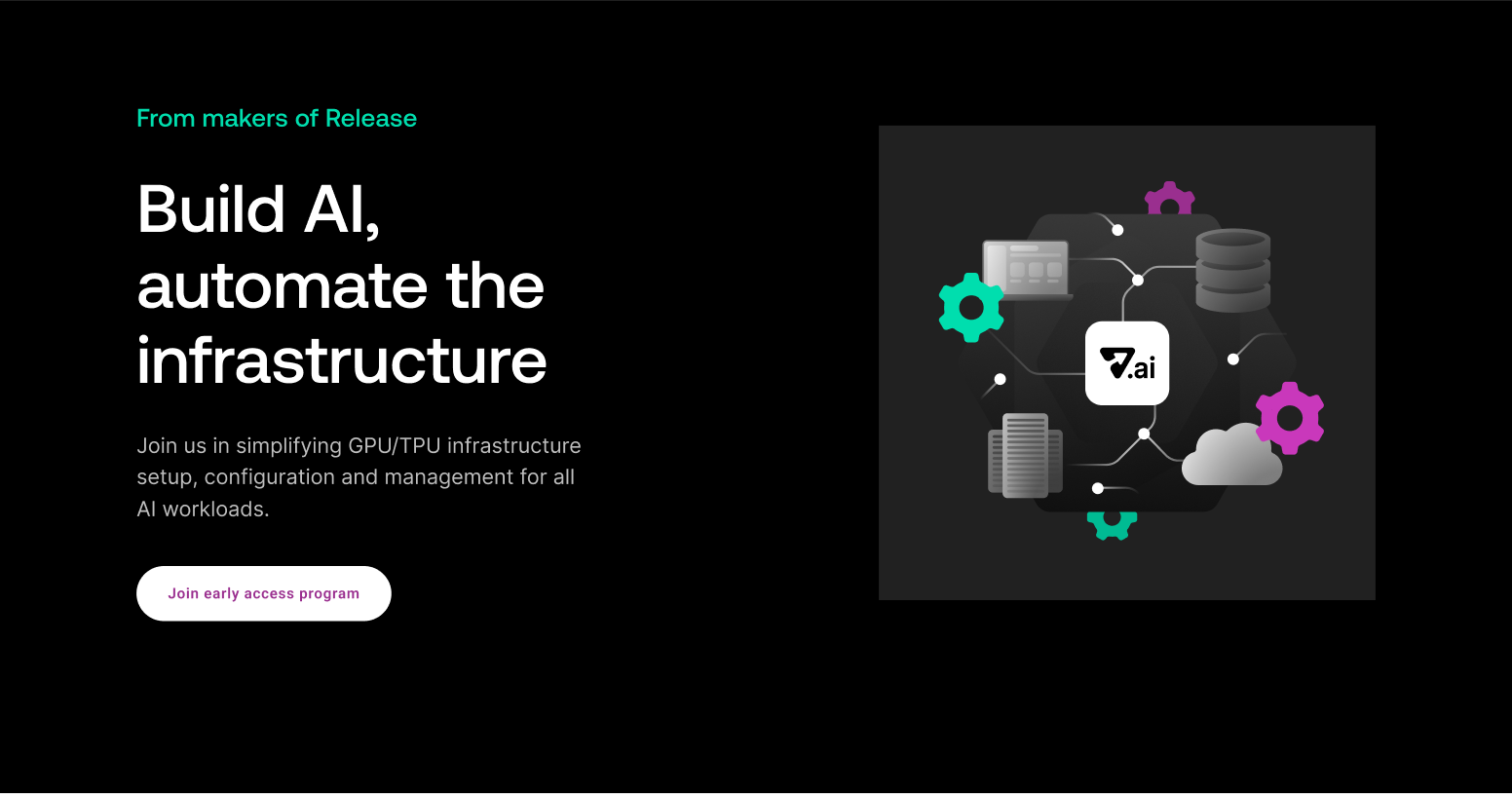If you're a project manager, engineering manager, or executive (like a CTO), you're probably involved in a lot of tedious planning and meetings in the lead-up to a new product release—if you're a new manager in your company or team, the lead-up is even more overwhelming.
The formula for your success as a manager doesn't rely solely on your tech knowledge or skills. It also relies on your ability to lead, plan, and release the right product at the right time.
Knowledge of the product release cycle and your role as manager in it will help you get a handle on this key process. Read on for some tips on how to measure and manage a release based on some best practices.
What is a Release Cycle?
A release cycle, also called release management, is the process of planning, scheduling, managing, and controlling the progress of a software build through the various stages of development to the deployment of the product.
Release management requires some important skills, like technical knowledge of the software requirements and a firm grasp of risk management because at each stage of the cycle, you're placing the reputation of your organization on the line. You'll also want to master stakeholder engagement so that you can keep stakeholders informed and coordinate collaboration.

What is a Software Release Life Cycle?
A software release life cycle (SRLC) is the sum of the stages of software development from its initial conception phase to its release. This includes the final, updated version of the release version to improve the software or fix bugs still present in the software. The cycle includes:
- Pre-alpha phase: In this stage, developers are building the software but have not formally started testing it yet.
- Alpha phase: Here, developers begin formal testing of the software by doing white-box testing like unit testing or integration testing.
- Beta phase: The beta stage comes after the requirements in the alpha phase of the software are completed. In this stage, users test the software, and user acceptance testing can be done. The beta test can be closed (limited to a certain number of users) or open to anyone (publicly available).
- Release candidate stage: This stage is an iteration on the beta phase, fixing or improving the software based on issues discovered in beta. Beta testing is carried out to confirm that the software works correctly.
- Production or stable stage: This is the final stage of software development, when the software is released to the market for the users. This version of the software is usually stable and free from crashes or system failures.
What is a Manager's Role in a Release Cycle?
The release cycle includes numerous activities, and as manager, you need to make sure that everything goes as planned and the goals are achieved. One of your key responsibilities during a release cycle is effectively communicating with stakeholders and getting updates on the progress of the project. You also need to do the following:
- Assess the risks involved in carrying out the project, or identifying the pitfalls.
- Make scheduling decisions based on the progress of the project.
- Assign tasks to stakeholders or developers involved in building the project.
- Remove blocking issues that may hinder the success or progress of the project.
- Run regular team meetings to get updates on the project.
- Update project status and progress so things stay on track.

What are the Steps in a Release Cycle?
To successfully manage the release cycle of your project, you'll want to time and schedule activities properly. You'll need to guide, collaborate, and communicate with your team members and colleagues at every stage of the release cycle to ensure that you release effectively and on time.
Let's take a look at those stages below.
Specification Stage
In the specification stage of the release cycle, the software specifications are laid out and the requirements to build it are planned. The manager ensures that the requirements and specifications for the software are achievable and executable.
Development Stage
The development or execution stage of the release cycle involves the developers and other stakeholders responsible for building the software engaged in developing the product according to the specifications and requirements laid out in the specification stage.
Testing Stage
The testing stage follows the successful build of the software or application, when a series of manual or automated testing is performed on the product. Some of this testing includes:
- Unit testing: Testing different units or functional components of the software or application.
- Integration testing: Testing the different integrations used across the software.
- System testing: Testing the entire system for bugs or vulnerabilities.
- User acceptance testing: To measure users' responses to the software, and how they interact with it.
Sign-off Stage
In the sign-off stage, the manager performs a final set of checks. Once the software has passed through the previous stages of the release cycle to make sure it's ready for deployment or rollout to its end users, the manager can ensure the users are comfortable with how it works.
Deployment Stage
This is the final stage of the release cycle. At this point, the finished product should be ready for the end users at the scheduled time. Also, this last phase should be free of issues to prevent production rollback, which can lead to a terrible impression of the company—and ultimately, the manager.

How to Measure a Release Cycle
Just knowing the stages in the software release life cycle isn't enough. As a manager, it's also important that you know how to manage the release cycle and measure the success of each stage. Here are some tips on how to measure and manage your release cycle.
Tips and Best Practices for Release Cycles
- Set realistic goals and KPIs. Be truthful when setting goals and KPIs (Key Performance Indicators) for you and your teams during a release cycle so that you're guided by the deadlines you have set, and how much work you can do. Use these goals and KPIs to track what the stakeholders expect, and what you can accomplish on the project.
- Track and record all progress. Enlist someone to help you track the daily or weekly progress of the project to ensure that you don't miss important events during the release cycle and ease your stress.
- Use a version control system. In software development, version control systems don't only help in organizing the whole product development. They also serve as a source of truth when issues or conflicting errors arise. Some popular version control tools include Git, CVS, SVN, and Mercurial.
- Decide on framework adoption. Consider adopting a management framework that fits your team to make releases more frequent and easy, so that you can deliver value to your organization faster. Consider breaking your workflow into sprints.
- Decide on testing. Think about testing early in the process, and test your software as part of a routine throughout the lifecycle.
- Don't forget about culture. Create a culture that encourages and invites others in the team to collaborate and make genuine reviews of the product release.
- Be communicative. Communicate with your team members and stakeholders regularly about release sprints and schedules.
- Use productivity software. Use productivity software to integrate your workflow and track the progress of the release.
- Limit post-production changes. Avoid pushing changes directly to production, especially changes that haven't been reviewed or tested, as this can affect the business if something goes wrong.
- Have a rollback strategy to protect your organization. This will help you roll back your software without affecting the user experience or the business.
Conclusion
How disciplined, knowledgeable, and collaborative you are as a manager determines the success of your team or company. Releasing a product to the market takes a lot of effort and commitment and every release cycle comes with its share of difficulties, but a good manager knows when and how to handle these challenges. If you want to know more about how you can get an on demand environment for development, staging and production, check out Release.
About Release
Release is the simplest way to spin up even the most complicated environments. We specialize in taking your complicated application and data and making reproducible environments on-demand.
Speed up time to production with Release
Get isolated, full-stack environments to test, stage, debug, and experiment with their code freely.




.jpg)






